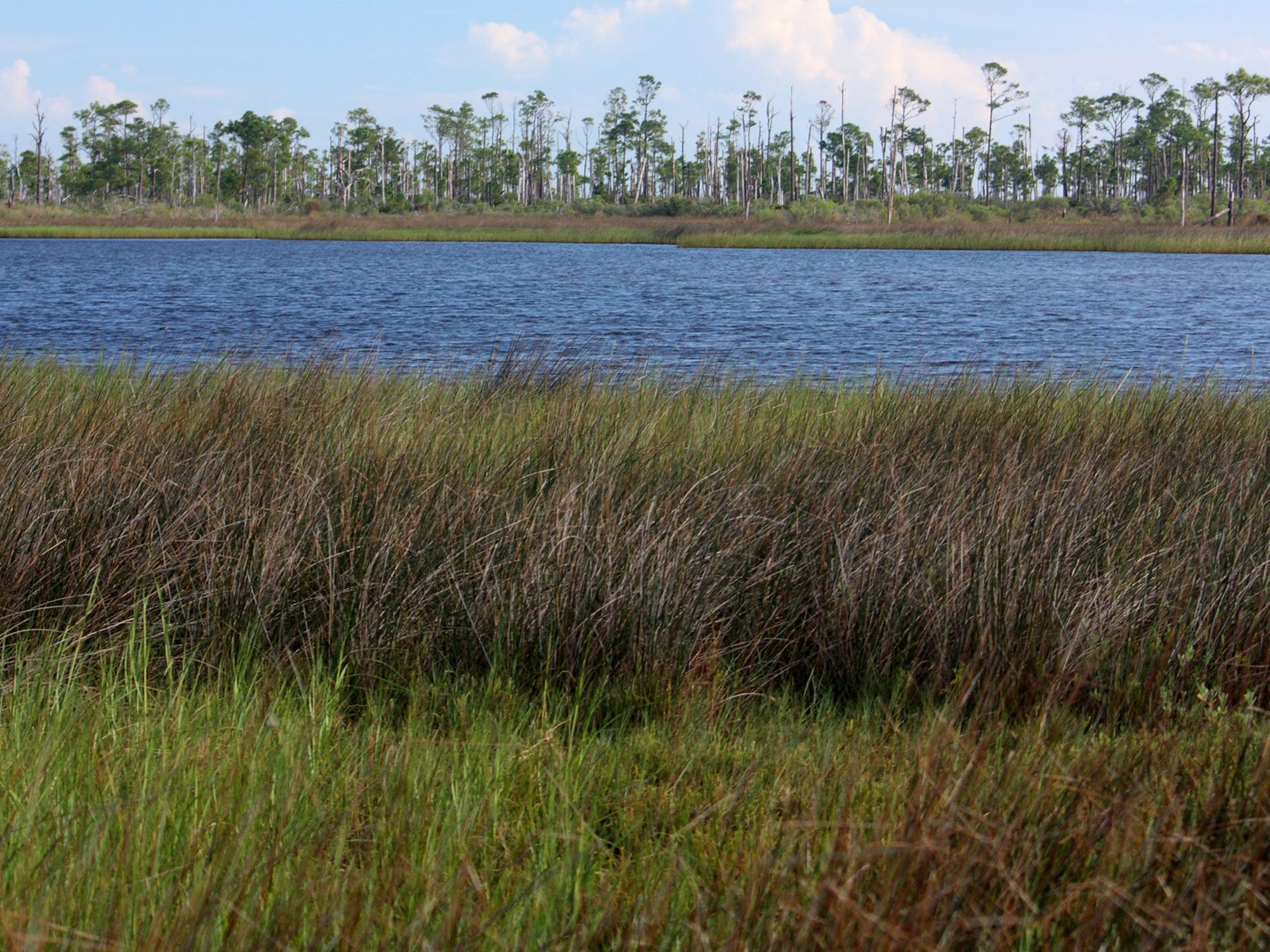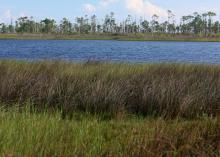Information Possibly Outdated
The information presented on this page was originally released on May 25, 2018. It may not be outdated, but please search our site for more current information. If you plan to quote or reference this information in a publication, please check with the Extension specialist or author before proceeding.
Changing shorelines present challenges
BILOXI, Miss. -- Coastal areas are dynamic in nature, which means they are constantly changing.
A fitting example of the dynamics of coastlines can be found by looking at historical, but relatively recent, aerial photos of Pelican Island off Dauphin Island, Alabama. The entire island has moved northward and become a peninsula over a relatively short period of time.
In a more developed area, the dynamics of shorelines can work for or against individual property owners. An example of these conflicting effects can be found on the west end of Dauphin Island.
Most of the visible changes are from the 2005 hurricane season, which completely reshaped Dauphin Island. Several rows of houses were lost from the Gulf (south) side of the island, while the lots on the Mississippi Sound (north) side of the island doubled in size. This process occurred because sand on the south side of the island was blown or washed over to the north side of the island.
Another process that contributes to changing shorelines in our area is the prevailing direction of sediment and water movement in the northern Gulf. Generally speaking, nearshore water (and the sediment it carries) moves from east to west. This process is evident when you observe the beach outfall pipes along Mississippi beaches.
Typically, the eastern side of an outfall pipe has more sand covering it than the western side. This occurs because the water flows from the east, slows down when it hits the pipe, and drops some of the sediment it’s carrying on that side. Once the water passes to the western side of the pipe, it doesn’t have much sediment left to drop, so that side erodes.
Property owners and managers struggle to embrace the dynamics of shorelines. It’s unnerving to know that property is eroding away, especially if that property loss undermines the integrity of a structure. When shorelines are changing in the backyards of most property owners, they often want to do something to stop it.
One common practice to address erosion is installing bulkheads. Unfortunately, bulkheads and other structures can influence more than the property they are installed on. It is common for structures to contribute to erosion on neighboring properties. Additionally, these structures are associated with many negative environmental and economic consequences.
Fortunately, there are more environmentally sound and cost-effective methods for shoreline protection called living shorelines. Living shorelines incorporate natural materials, such as native plants, into the project to provide resilient, cost-effective, and environmentally friendly shoreline protection.
The Mississippi State University Extension Service offers living shorelines education workshops in Mississippi and Alabama once or twice a year. The majority of these workshops are focused on homeowners, but there are some contractor workshops being planned for the near future.
If you are interested in being placed on the email list for future living shorelines workshops or have any questions, please email eric.sparks@msstate.edu or call 228-546-1025.

Editor’s Note: Extension Outdoors is a column authored by several different experts in the Mississippi State University Extension Service.





